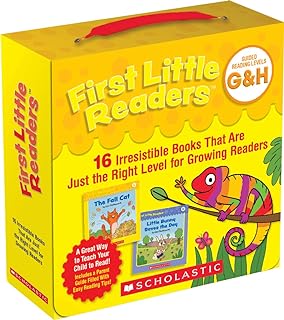


Understanding Enrollment Trends in California’s Preschool Programs for Young Learners
California’s early childhood education landscape is evolving, with significant shifts in enrollment patterns for preschool-aged children, particularly in Transitional Kindergarten (TK) and other state-funded programs. Recognized as foundational for children’s development and academic success, these programs not only support children but also aid families by enabling workforce participation.
- Enrollment growth primarily driven by TK expansion
- Lagging access for 3-year-olds despite program availability
- Impact of program eligibility and family preferences on participation
Disparities in Age-Specific Enrollment and Program Availability
While overall participation of 3- and 4-year-olds increased from 2021-22 to 2023-24, enrollment trends vary markedly between age groups and program types. Notably:
- Enrollment for 3-year-olds in Child Care and Development programs saw a 56% increase, reflecting expanded slots.
- 4-year-old enrollment in many programs grew at a slower pace or declined, partly due to a shift toward TK.
- Despite the gains, only 21% of eligible 3-year-olds accessed services in 2023-24, revealing ongoing access challenges.
The dynamics suggest that while TK expansions broaden options for 4-year-olds, younger children still face barriers including limited spaces and eligibility rules.
Key Programs Shaping the Preschool Landscape in California
California’s early learning ecosystem includes diverse programs such as the California State Preschool Program (CSPP), Head Start, and Early Head Start, alongside publicly supported TK. Each program serves specific roles in addressing children’s developmental needs and accommodating family circumstances.
- Transitional Kindergarten (TK): Enrollment for 4-year-olds doubled, becoming the fastest-growing segment.
- State Preschool Program: Modest gains for 3-year-olds, especially in full-day care; partial-day enrollment for 4-year-olds experienced minor declines.
- Head Start: Despite a drop of nearly 5,000 preschoolers due to educator workforce challenges, nearly 48,000 children were served in 2023-24, emphasizing its critical importance.
Organizations like The Children’s Courtyard and Child Care Resource Center (CCRC) further enrich options, highlighting the diverse network supporting California’s young learners.
Challenges and Considerations in Expanding Preschool Access
Several factors interfere with equitable preschool enrollment:
- Eligibility criteria restricting access for certain age groups, notably 3-year-olds.
- Workforce shortages and low compensation affecting quality and availability, as seen in Head Start programs.
- Balancing family preferences with program structure and scheduling limitations.
To bridge these gaps, policymakers need to emphasize comprehensive investment strategies supporting a range of options. This includes sustainable funding for early educators and facilitating access across socio-economic backgrounds.
Supporting Equitable Preschool Enrollment Across California
Promoting high-quality early learning involves addressing participation disparities and building capacity for younger children. Effective approaches incorporate:
- Expanding full-day programs within the California State Preschool Program (CSPP) to accommodate family work schedules.
- Increasing outreach and reducing barriers for eligible 3-year-olds to improve inclusion.
- Strengthening partnership networks involving Bright Horizons, KinderCare, and Learning Care Group to diversify accessible program models.
Efforts to enhance early care and education align with broader goals of supporting family stability and nurturing lifelong learning skills.
Explore more about educational opportunities and challenges in early childhood and beyond through resources like the insightful article on global educational initiatives or studies addressing social inclusion with Latino heritage education. These perspectives help illuminate the critical importance of equitable access to quality early learning.


